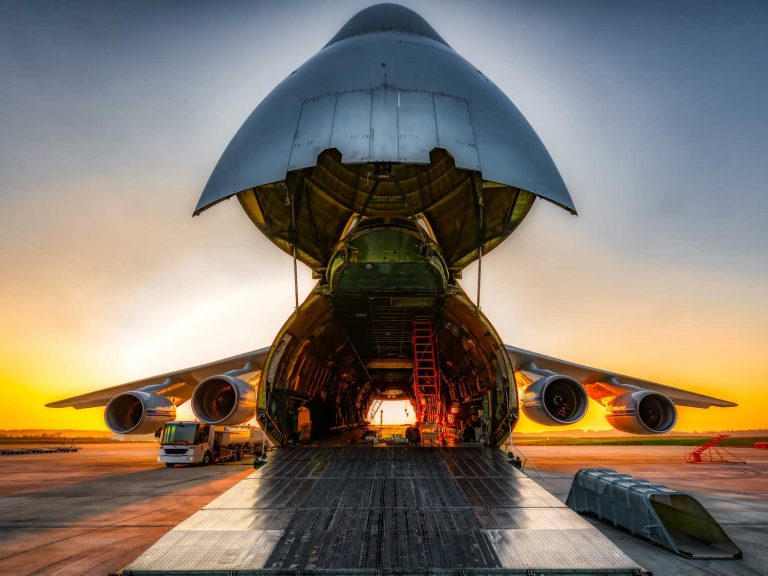
Date:
Air Cargo Outlook Strengthens
Global air cargo demand continues to show signs of recovery, driven by seasonal trends, front-loaded shipments and shifting trade flows. However, market conditions remain volatile, with varying regional dynamics, capacity fluctuations and ongoing uncertainty.
Air cargo demand, measured in cargo tonne-kilometres (CTKs), rose nearly 6% year-on-year in April, supported by the seasonal uplift in fashion and consumer goods, pre-emptive shipping ahead of US tariff changes, and falling jet fuel prices. Month-on-month, demand rose 2.3%, building on a strong March performance and growing again in May.
Freighter capacity returns to the trans-Pacific
Freighter capacity is rising again, especially on the transPacific, as airlines cautiously reintroduce wide-body lift in response to improving demand. Asia–Europe and Middle East–Asia freighter supply grew 11%, while Asia Pacific–North America increased 8% in the first week of June.
After a sharp fall in eCommerce volumes triggered by new US tariff rules, capacity had shifted away from China–US lanes. But as volumes recover, albeit slowly, freighters are returning.
Freighter services are also being bolstered through indirect routings. Chinese carriers, for example, have added new air–air links via Hanoi to support Vietnam–US demand, while capacity from South Korea is tightening, especially for high-tech and perishables.
Tariff volatility driving unpredictable rate trends
The Baltic Air Freight Index rose 1.2% month-on-month in May, but was over 5% down win the same period in 2024. Spot freight rates on lanes out of China softened in early May before rising sharply later in the month. The spot rate index for Hong Kong was up 1% compared to April but down 6.3% year-on-year.
A patchwork of changing US tariff rules created considerable mid-month turbulence. eCommerce shipments, which made up 50% of China–US air freight in 2024, have been hit hard. The May 2 removal of the de minimis exemption for low-value shipments was followed by a brief truce and a reduction in duties. First from 145% to 120%, then to 54%, with a flat $100 fee on postal items. These changes triggered both short-term front-loading and momentary drops in volumes.
Carriers are warning that further disruptions may arise if shippers wait too long to secure capacity, especially with the current 90-day tariff truce due to end in mid-August. Late-quarter demand and compliance bottlenecks could create pressure points, especially on high-traffic lanes such as China–US and intra-Asia.
Regional variation and trade lane shifts
Rates and demand trends continue to diverge across regions. Intra-Asia demand is firm, supported by high-tech and perishables, while South Korea–US routes require bookings up to two weeks in advance. Rates from Japan to Europe are rising, though capacity from Guangzhou and other hubs has been reduced. Meanwhile, outbound rates from Vietnam and India remain lower year-on-year.
In the Americas, rates from the US to South America are significantly higher than a year ago, although some observers are beginning to flag early signs of overcapacity. Rates from Europe are mixed, and seasonal factors like cherry and peach exports are also starting to influence flows and capacity allocation.
Jet fuel remains a bright spot for airlines. Prices were 21% lower year-on-year and 4% down month-on-month, offering margin support even in the face of softening yields.
As air cargo markets navigate shifting demand and volatile rates, securing reliable space at the best rates is more critical than ever. Metro’s global air freight specialists work across key trade lanes, including Asia, Europe and the Americas, to help you air freight with confidence.
Whether you’re moving high-tech, fashion, perishables, eCommerce or anything else, our team ensures fast, reliable and cost-effective air freight solutions tailored to your needs.
EMAIL managing director, Andrew Smith, today to secure capacity, avoid disruption and keep your supply chain moving efficiently.
